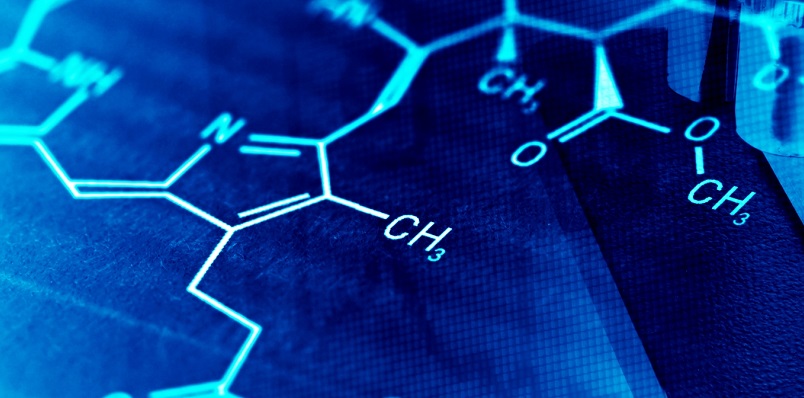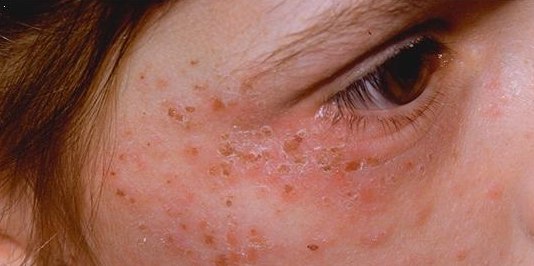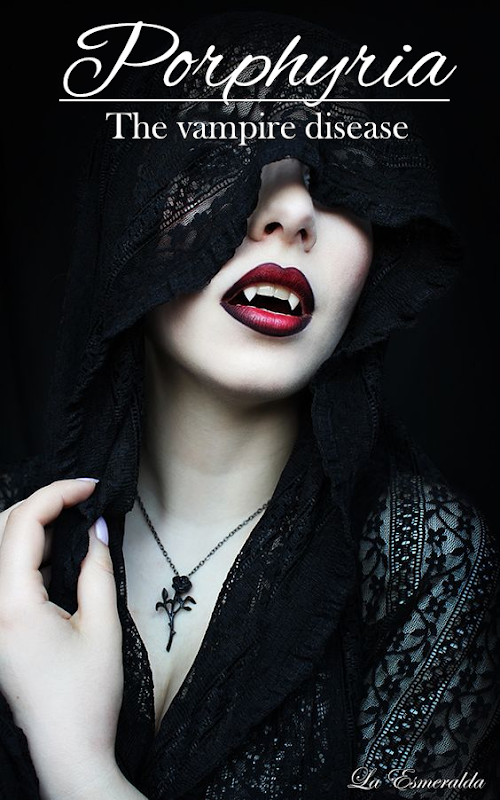Porphyria - The vampire disease
Hey there, traveler!
It is really common for folklore and mythology to color the boring parts of existing phenomena, medical conditions and natural occurrences, but if you search hard enough, you might find a spark of truth under the myth. Cyclopses, centaurs, mermaids, the manticore, they all have a possible origin that got sewn among the sparkly threads of imagination. I think it’s interesting to look at some of these nuggets of truth and uncover them in some short, bite-sized posts.
Today, we’re starting with vampires. Ever since we started working on our dark fantasy horror WIP, I’ve a sort of vampire fever, so I decided I’d share with you today something about that. To be more precise, I’ll tell you about a real-life disease that practically turns you into a vampire for real. Don’t believe me? Well, read on then, fellow skeptic!
The name of the game today is porphyria.

I. How it works (or fails to work)
First, let me entice you with a bit of biochemistry. As you might know, our blood ensures the constant oxygen supply for our entire body, each cell and tissue, so they can work and produce energy in an efficient manner. This supply is made possible by a certain molecule within our red blood cells called hemoglobin. This complex molecule can bind oxygen and carbon-dioxide and carry it along the circulation. How does this connect to vampires?
Well, normally hemoglobin is made up of two parts, a proteinic globin segment and an iron containing hem segment. This hem is the end product of a really, really long and intricate biochemical reaction. During this reaction, a certain step is the creation of porphyrin which can eventually become hem and form hemoglobin. However, if any enzyme that mediates this process is defective or nonexistent, the process gets stuck and creates the conditions we call collectively as porphyrias.

II. What it does
Now, let’s look over what this medical condition causes.
Two things happen rooted in the same problem. First, the defect acts retrogradely and the precursor (e.g. porphyrin) cumulates. Because a half-baked hem isn’t really a healthy thing to circulate around, it subsides in small capillaries like that of the skin. Normally porphyrin doesn’t do any harm, but it’s highly reactive and photo-sensitive. When exposed to sunlight (more precisely UV-light) it reacts with oxygen and oxygen containing molecules, creating really destructive Reactive Oxygen Species – molecules like H2O2 –, or even atomic oxygen, that can damage cell walls, inner structures and other subcellular things. This leads to a rash on the skin, causing it to acquire a red color, bulges and pustules.
The block also acts anterogradely, causing the end product to dwindle. This means less hemoglobin and as a result, anaemia, a lack of red blood cells. This manifests as a sickly pale skin colour, general weakness and requires blood transfusions to treat.
So to summarize, porphyria makes you allergic to sunlight, burning your skin if you dare walk the day. It also makes you sickly pale and to counteract your disease, you need a constant supply of someone else’s blood. The only thing missing from the vampire checklist is the cool stuff. Sadly, this condition doesn’t grant you night powers or superhuman strength, nor can you see in the dark or turn into a bat. This is a serious condition that requires very specific treatment, and although it should never be taken as a joke (like with any health conditions), I think it’s interesting enough to think about.

III. Is it really vampirism?
Is it the origin of vampire myths? Well, maybe. As I said, it doesn’t cover every aspect, and we only know these patients need constant transfusions since not long ago. But as I also stated, mythologies can vividly change some boring parts to better match a certain narrative, and vampire myths are abundant, sometimes leaving out thought-to-be-essential things like craving blood or being dead. Most early tales focus on vampires as creatures of hell, consorts of devilish powers and antagonists to the flock of god, so a man or woman walking into sunlight and getting immediate sunburns and even pustules could have looked like something that would fit that narrative.
And if not, it’s still an interesting enough coincidence.
//Fun fact, this condition can also turn you into a werewolf, because the sunburns stimulate excess hair growth.//
I'll be back next week with another topic. Until then, stay strong and don't let anyone bite you, just in case. Only if you're into that sort of thing.
Cheers,
Dar




Comments
Post a Comment